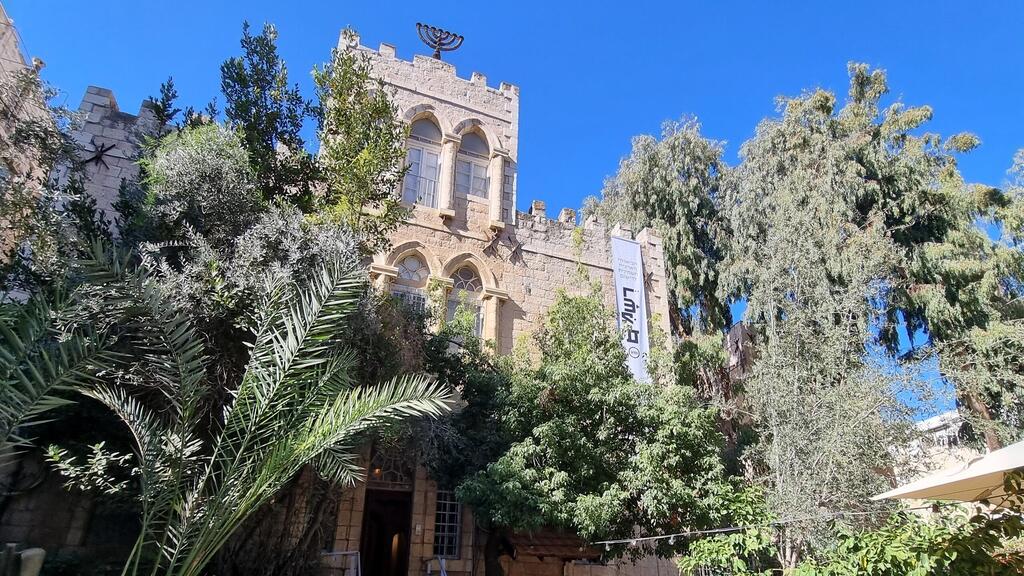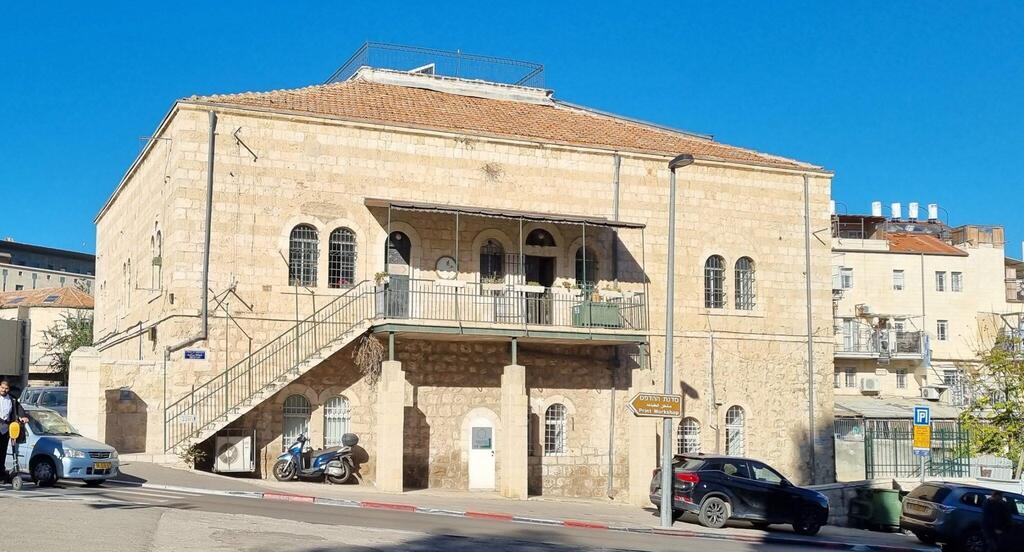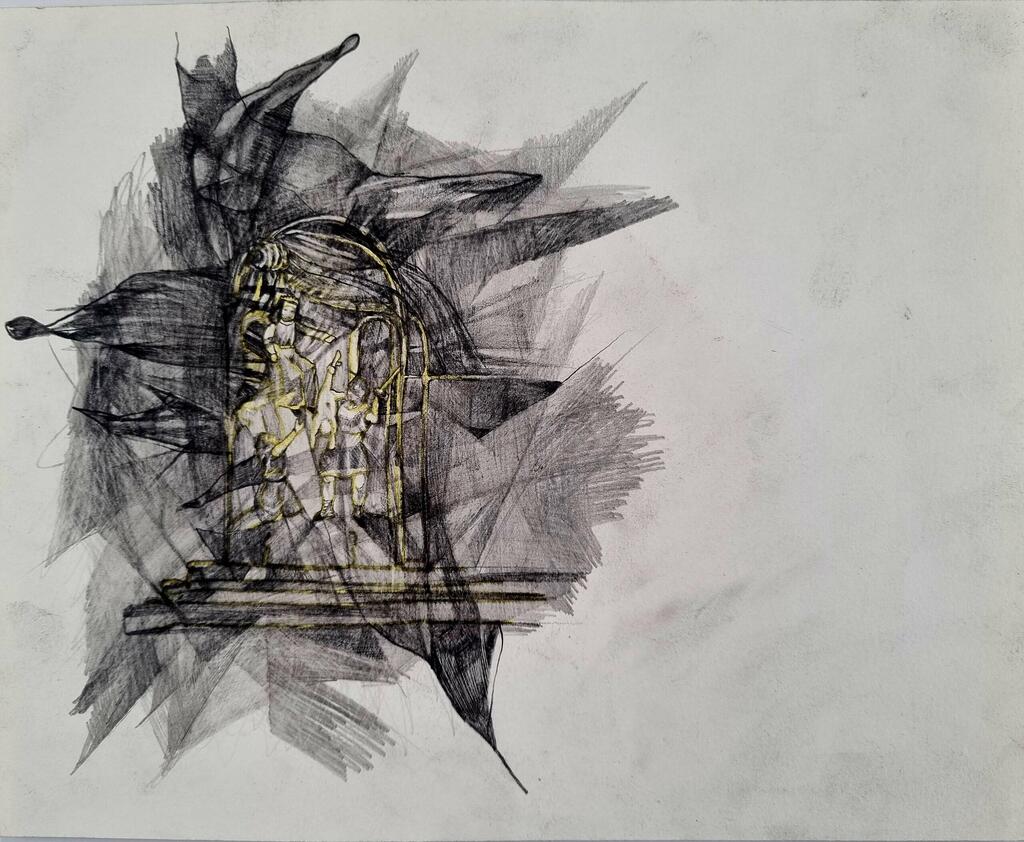Getting your Trinity Audio player ready...
Abandoned Arab houses, stately Ottoman buildings, and centuries-old printing presses – in the ancient city of Jerusalem, history, memory, and art go hand in hand.
Since 2001, the Biennale for Drawing in Israel has celebrated the medium of drawing and shown how deeply the past and present are intertwined in the holy city.
5 View gallery
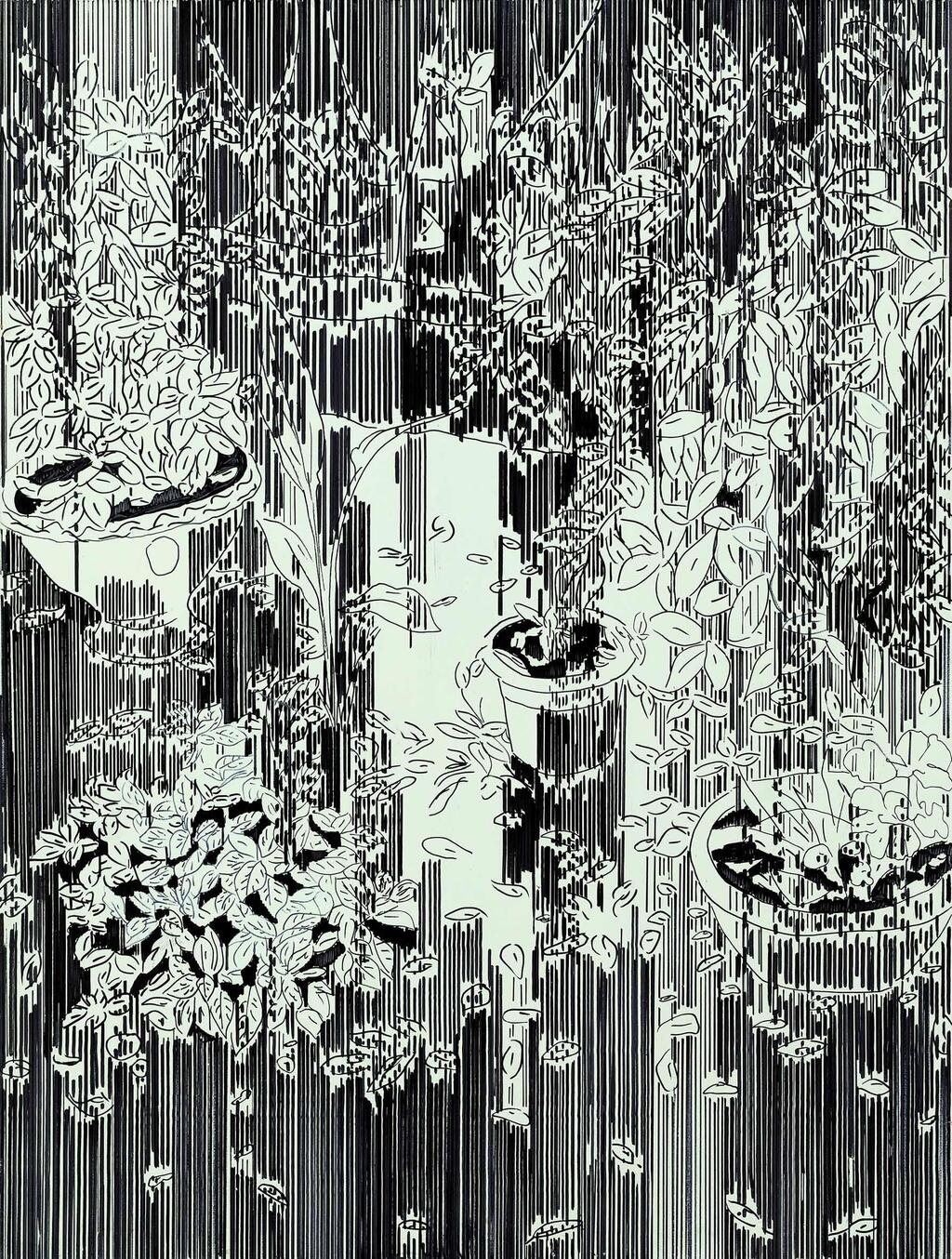

Yehudit Sasportas, “Coded Garden,” (1999), ink and acrylic on MDF
(Photo: The Media Line)
The eighth edition of the biennale, which opened just last weekend, is called “More than One” and presents series or instances of drawings that were created on more than one sheet of paper.
“Roughly 600 artists responded to the open call,” Irith Hadar, chief curator of the event, told The Media Line. “In the end though there are about 70 artists taking part in the biennale.”
Six venues across Jerusalem are involved in the sweeping cultural event, which highlights a medley of artworks in different media.
Some of these have played a major role in Israel’s cultural history, such as the Jerusalem Artists’ House.
Built in the late 19th century in the Ottoman style, the large stone building was purchased by the Jewish National Fund in the early 1900s and later became the Bezalel Art School, Israel’s oldest and most prestigious cultural academy.
As part of the biennale, dozens of works are on display throughout three floors’ worth of exhibition spaces.
Among these are standouts by award-winning Israeli artist Yehudit Sasportas. Her drawings combine nods to history along with depictions of deep dives into the subconscious.
“I’ve recorded different areas all around Europe and especially Germany, areas that I always felt quite disturbed by, for more than 17 years,” Sasportas related. “I’m often dealing with the history of buildings and information that is in our systems. I decided that instead of addressing the political situation that we are all facing directly [that I would] go down into the subconscious realm.”
Sasportas, who divides her time between Germany and Israel, has exhibited internationally. She is currently in the midst of a monumental project called Liquid Desert, which she has worked on for several years in the Negev Desert.
To top it all off, Sasportas is also a senior professor at the Bezalel Academy.
“I studied in Bezalel and also in this building [specifically],” she explained. “This building means a lot to me because when I was 19 I did a lot of conceptual works with the walls of this historic building.”
The Jerusalem Artists’ House hosts contemporary art exhibitions year-round, as well as programs for emerging artists.
At the top of the building is a menorah – a seven-branched candelabrum – modeled after the one that appears on the Arch of Titus. The site’s original copper-plated doors include references to biblical stories, but they also commemorate a more serious historic event faced by the academy in its early days.
5 View gallery
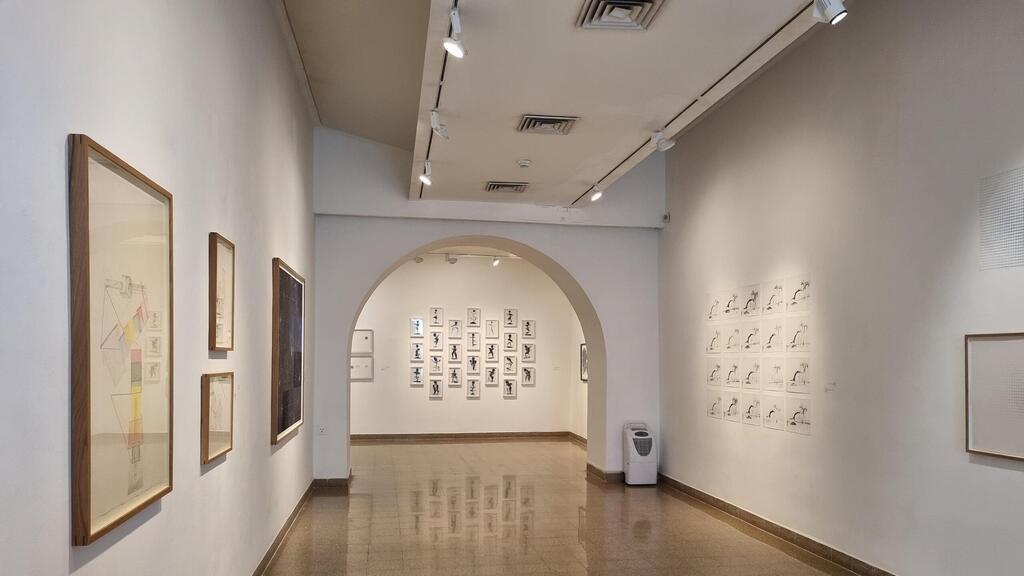

A view of one of the many gallery spaces in the Jerusalem Artists’ House
(Photo: The Media Line)
According to the nearby wall text, students and staff once collected empty artillery shells that had been used in battles in the Holy Land in order to create artworks out of them. Fearing that the building was being used to manufacture weapons, in 1922 the British Mandate authorities breached the school doors in a surprise assault only to find that the shells were indeed being recycled for artistic purposes.
Exhibiting contemporary art in such an unconventional and historically-loaded space is no simple feat.
“This is not a white cube like other art galleries so it brings out very interesting things [from artists], especially in works that are site-specific,” Ruth Malul Zadka, director and chief curator of the Jerusalem Artists’ House, told The Media Line during a tour of the premises.
“You have to refer to the space and there has to be a dialogue, which is very challenging for artists,” she added.
Another venue participating in the biennale is the Jerusalem Print Workshop, Israel’s premiere printmaking center.
Founded in 1974 by Arik Kilemnik, the site is located within a 19th-century building that both celebrates the tradition of Hebrew printmaking and functions as an educational center aimed at ensuring the medium’s survival. The space features a unique assortment of historic printing presses, some of which are centuries old.
Other historic Jerusalem buildings from the Ottoman period also have strong ties to the bustling contemporary art scene in the city.
In 2016, a group of young artists came together and transformed a large abandoned Arab house into a lively cultural hub known as HaMiffal, or The Factory.
“We’re referring to the history of the place,” Meydad Eliyahu, chief curator at HaMiffal, said of the works on view for the biennale. “This was an Arab house.”
The house once belonged to the Lorenzo-Serafin family, he noted, who abandoned it in 1948 during the Arab-Israeli War and after the State of Israel was founded.
“I think that working site-specifically in Jerusalem has become a unique tradition to artists, or the practice that artists have in this city,” Eliyahu said. “Our strategy as an artists’ collective is to get into these abandoned spaces, which always have some kind of presence.”
Part of that strategy includes leaving many of the gallery spaces’ walls unfinished. Layers of previous coats of paint and flooring remain visible throughout HaMiffal, serving as a reminder of previous occupants.
Her intricate art includes references to Hebrew texts as well as neo-classical European architecture.
“The Mizrach or East would be marked in houses and synagogues to indicate the direction of Jerusalem,” Bruckenthal said. “We are all preoccupied with images from the past, both personal and collective.”
The eighth edition of the Biennale for Drawing in Israel will remain open to the public in sites across Jerusalem until late February. Story written by Maya Margit and reprinted with permission from The Media Line


